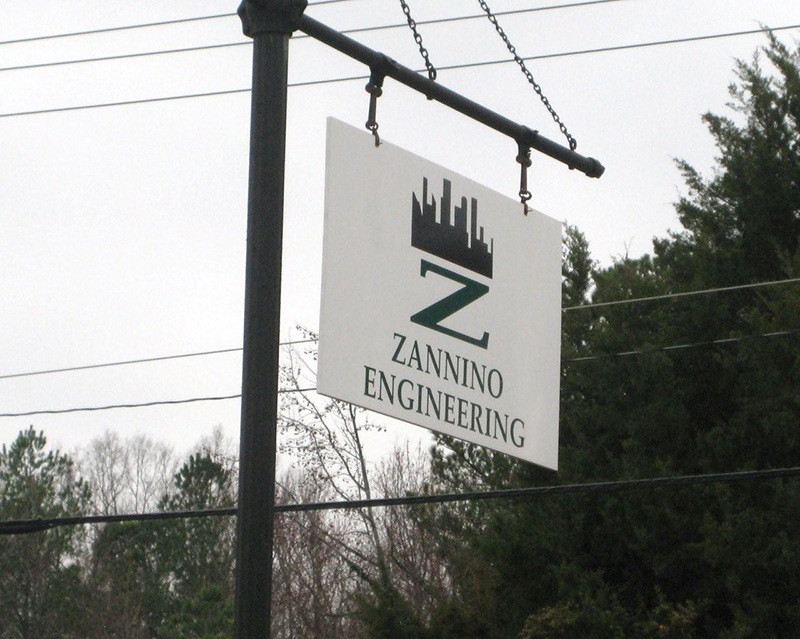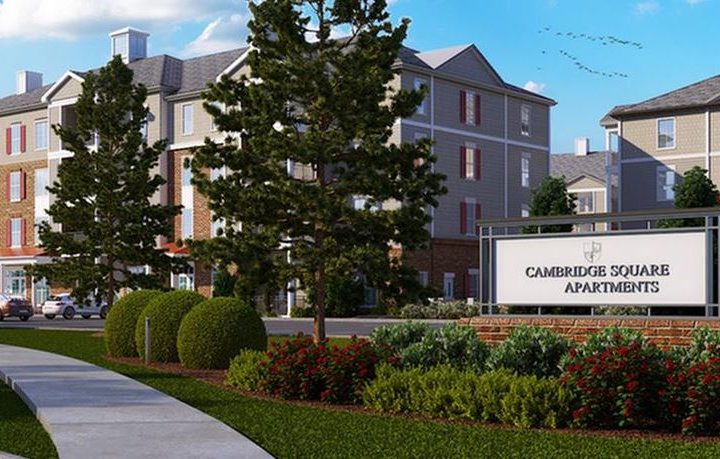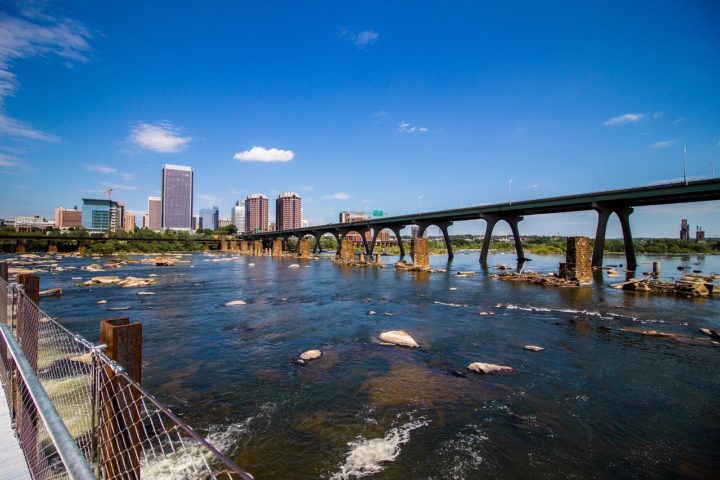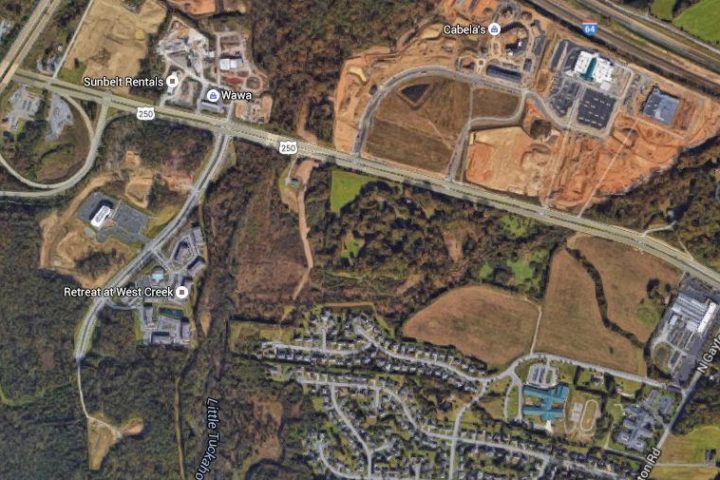Lime Stabilization at RNDC
In December of 2013, ZEI was contracted to perform Construction Materials Testing and Special Inspections for the proposed Regional North Distribution Center, a 250,000 square foot distribution facility. The site, which is located in Ashland, Virginia, was existing farm land.
A Geotechnical Evaluation performed for the site by another company indicated that the upper 12 to 18 inches of the soils across the site were soft and loose and would require remediation of some sort to be suitable for support of pavement subgrades, building slabs and footings.
ZEI visited the site several times in December and January and performed test pits and hand augers to further verify the findings in the geotechnical report. In addition, ZEI found that the near surface soils, while soft, loose and wet, were soils that would be suitable for use as either structural fill or as support for the building and parking lot elements, provided the soils could be dried and/or stabilized. After our investigation was complete, ZEI offered the following options to our client:
-
Scarify the existing soils to a depth of up to 18 inches and allow the soils to dry.
We did not feel that this was a practical option given the time of year (winter months) and the typically anticipated precipitation and temperatures. -
Undercut the existing soils to a depth of up to 18 inches and replace the soils with either dry, on-site soils or an engineered fill (such as #10 Stone Screenings or No. 21A Stone).
We felt that this was a viable option given the time of year and weather concerns and would result in a stable building pad sufficient to resist degradation; however, the owner felt the option was too expensive, as the Change Order would have been approximately $1.5 million. - Stabilize the soils in place using either lime or cement. The soils would be stabilized to a depth of 12 to 18 inches. After stabilization, dry soils or engineered fill could be imported to bring the building pad to grade (approximately two and a half to three feet of additional material would be required).
We felt this was a viable option given the time of year and weather concerns and would result in a stable building pad sufficient to resist degradation.
ZEI reviewed all the laboratory data accumulated for the project and determined that lime stabilization, which generally relies on the pozzolanic reaction of the lime and clay particles in the soil to stabilize the soil, would be 3% lime by weight. In addition to the pozzolanic reaction, the moisture content would decrease and the plasticity of the soil would also decrease.
During our review, we also noted that while the near surface soils were wet and loose, deeper soils were dry and very near their respective optimum moistures. With this information, ZEI revised our third recommendation to stabilizing the soils with lime to a depth of 12 to 18 inches and once the stabilization was complete, on-site soils from deep cuts would be used to bring the building pad to grade. These cuts would come from the vicinity of the BMP pond that was being constructed on the site.
ZEI observed the contractor during the lime-stabilization process and verified the percentage of lime being used and the depths of stabilization. After the stabilization of an area was complete, ZEI would proof roll the area and test the stabilized soils for compaction. Additional soils would then be placed to achieve grade. The lime-stabilization for the entire building pad was completed in approximately two weeks.
All lime-stabilized soils proved to be firm and stable during proof rolling, with no signs of pumping or rutting. In addition, the lime-stabilized soils met the compaction requirements for the project, as did the balance of fill placed for the building pad.
By using lime to stabilize the wet soils and by using on-site soils to fill the building pad, recommendations made by ZEI saved our client just over one million dollars in potential change orders.




